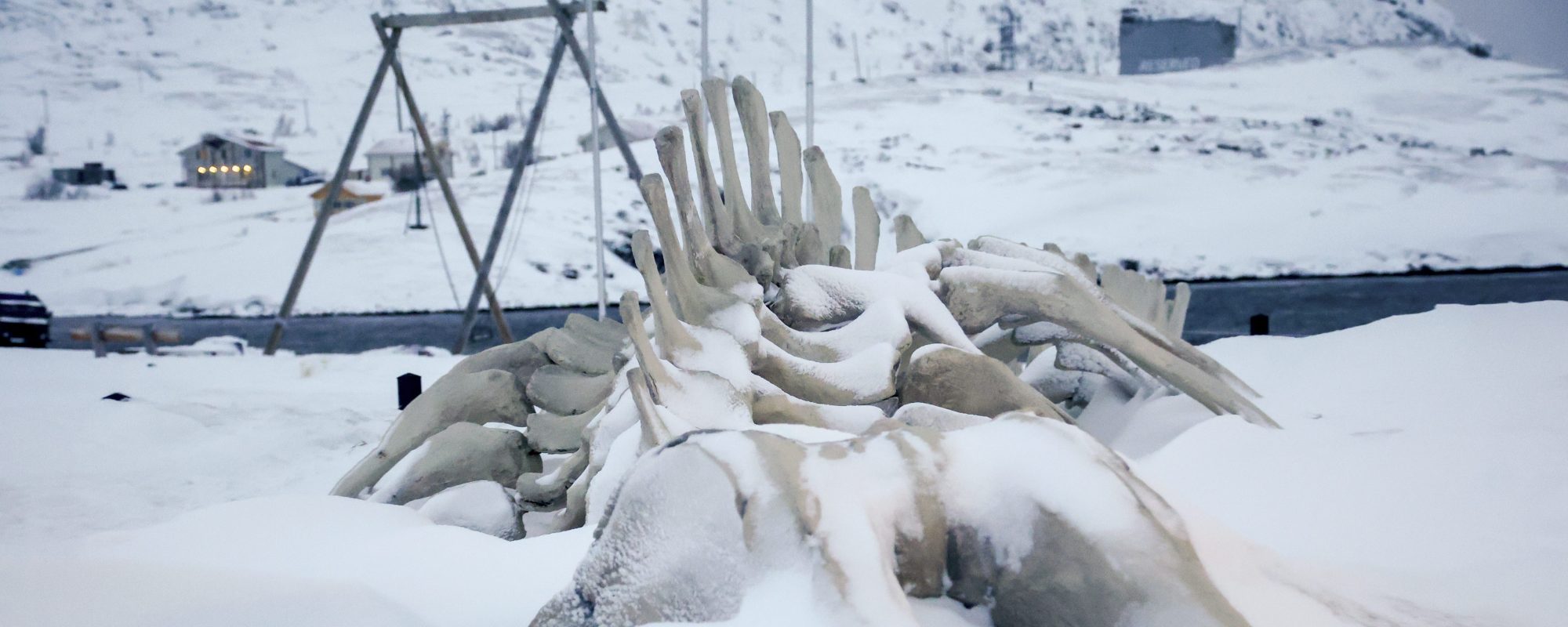More than 70 percent of Earth’s surface is covered by ocean, yet we still know very little about what’s in it.
We probably know more about the surface of Mars than we know about the ocean floor – most of the contours are still unmapped. Understanding the sea could give us a better fundamental understanding of our planet.
“There’s so much about how the planet works that is basically preserved in this sort of underwater museum,” Vicki Ferrini, senior research scientist at Columbia University, told Vox.
“How could you not be excited about it?” she said of ocean exploration. “People have this passionate enthusiasm for outer space, which is totally understandable. But the ocean is equally if not more exciting to me because it’s here. It’s the same planet that we’re on.”
Here are seven great ocean mysteries we’ve uncovered, starting at the surface, and then going down deep into the dark.
Videos by Rare
Where is plastic pollution in the ocean hiding, and how does it get there?
Every year, tons of plastic manufactured on land is dumped into the sea.
“Ninety-nine percent of all the plastic is missing,” oceanographer Erik van Sebille says on Unexplainable. “We have dark plastic. Like the astronomers have dark matter and dark energy, we oceanographers, we don’t have an idea where most of the plastic in our ocean is. We’ve lost it.”
Researchers want to know where the plastic is going so they can better understand its effects on marine life. What harm is this plastic causing to marine life, and can it be undone?
Why do whales strand themselves on beaches? And are humans to blame?
Thousands of marine mammals like whales end up trapped on beaches or in the shallow waters near shore. According to some studies, these strandings have been increasing.
While we know that humans are affecting the ocean environment, it can be hard to parse how those effects impact individual species.
But it’s important to figure it out. Because how do you protect animals when you’re not sure exactly how you’re harming them?
Can a human really be friends with an octopus?
In 2020, the documentary My Octopus Teacher provoked a fascinating question: Can a caring relationship form between humans and a sea creature like an octopus? It’s not known whether the friendship in the documentary was genuine from the octopus’s perspective. The interior lives of animals may never be fully understood.
But it’s a fascinating question to think through. “It’s like interstellar travel,” science writer Ferris Jabr says on Unexplainable. “It’s like the closest we can come to that kind of alien contact moment.”
If we can connect with an octopus, what else could we connect with?
How many fish live in the ocean’s mysterious “twilight zone”?
As you dive deeper into the ocean, less and less sunlight shines through. About 200 meters beneath the surface, you reach an area called the mesopelagic, or the “twilight zone.”
“It’s almost easier to define it by what we don’t know than what we do know,” Andone Lavery, an acoustician at the Woods Hole Oceanographic Institution, told Vox. “It’s remote. It’s deep. It’s dark. It’s elusive. It’s temperamental.”
Yet this region of the ocean is extremely important. It’s possible that more fish are living in the twilight zone than the rest of the ocean combined, and these creatures of the dark ocean play a large role in regulating the climate.
Why do so many sea creatures glow?
Deep in the ocean, divers find other-worldly displays of bioluminescence, sparkling like fireworks in the dark. Almost every deep-water creature lights up in some way.
“There was just all of this flashing and glowing and sparkle all around me,” marine biologist Edie Widder recounts on Unexplainable about her undersea adventures. “You’re not viewing it at a distance. You’re in the center of the display. In fact, you’re part of it because any movement you make triggers flashes all around you.”
Only 20% of the ocean floor has been mapped. What’s down there?
Every time explorers go down to the bottom, they are potentially seeing things no human has ever laid eyes on before. More people went on the Apollo missions to the moon than have been to the Challenger Deep, the deepest part of the deepest trench in the ocean.
The deep sea is home to some of the weirdest, most elusive creatures on Earth.
Can we drill through the seafloor, to the mantle of the Earth?
Scientists’ curiosity doesn’t just stop at the bottom of the sea. They’re also interested in what lies beneath it.
Sixty years ago, geologists tried to drill down through the seabed to pull up a piece of the Earth’s mantle, a deep layer of the Earth no human has directly observed. Their mission didn’t go exactly as planned. But it sowed the seeds for a new field of science that has helped rewrite not only the history of the planet but, potentially, our definitions of life itself.



